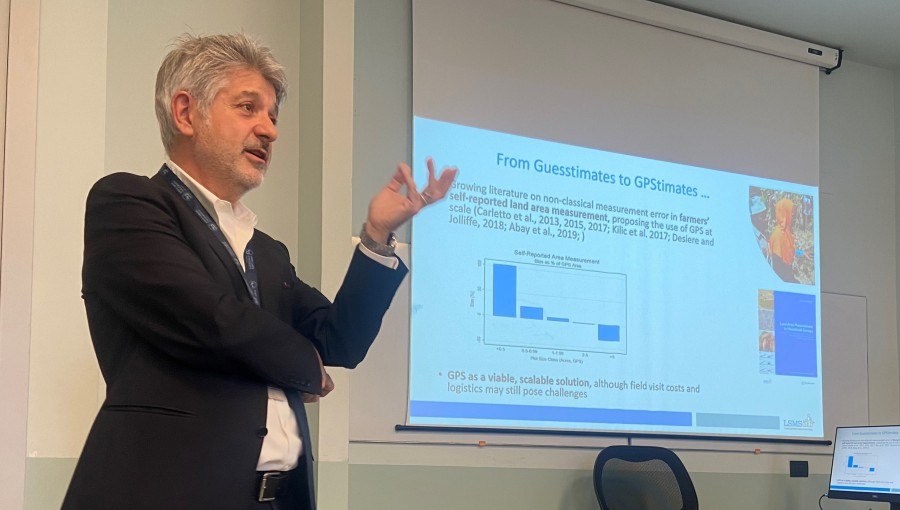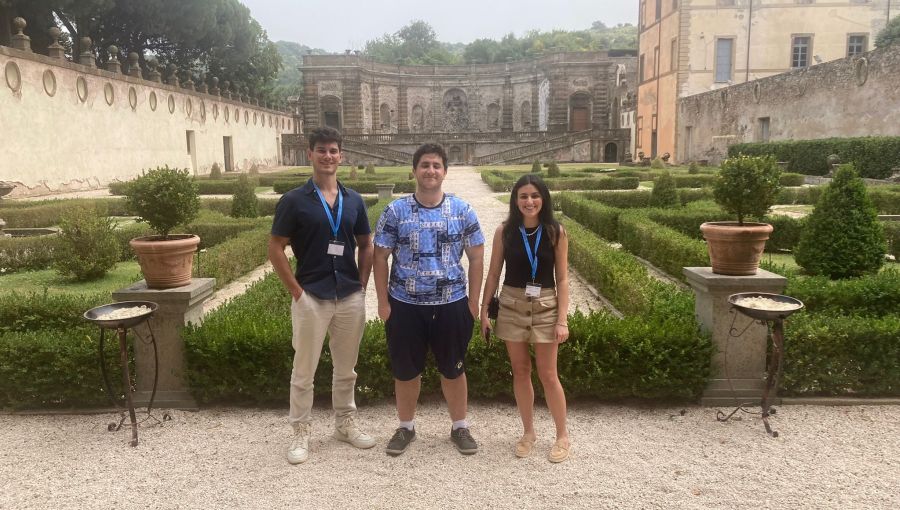Mapping the Megalopolis: Security and Solidarity on Mexico City's Periphery
The Department of Economics presented the lecture “Mapping the Megalopolis – Security and Solidarity on Mexico City’s Periphery” on March 19th. The guest speakers were Jennifer L. Johnson, Associate Professor of Sociology at Kenyon College, and Shannan N. Mattiace, Professor of Political Science and International Studies at Allegheny College.
Johnson and Mattiace’s research documents how Mexico City’s inhabitants in select neighborhoods respond to current trends in crime, public insecurity, and governance. The study paid particular attention to how these community responses then affect urban space in Mexico City. The presentation focused on the question of how order and disorder are mutually constitutive.
Mexico City is currently one of the largest metropolitan areas in the world, with 22 million people living in the city and its suburbs. The study in which Johnson and Mattiace’s work is located looked at 7 neighborhoods, focusing on two peripheral ones with complex social histories. First they examined the relationship between New Santa Fe, one of the newest and richest neighborhoods with shopping malls, high-rise apartment buildings, and gated communities, and the nearby historically poor area of Old Santa Fe. The Professors offered students a virtual “excursion” through Santa Fe’s past and present. The tour showcased areas such as Buenavista and La Glorieta, the Vasco de Quiroga Church, and the street of the same name that divides Santa Fe from Old Santa Fe– the neighborhood founded in the 16th century and often stigmatized as having high crime rates. They noted how residents are concerned with keeping public spaces free from drugs and how the government wants to attract investors to renovate property. Housing remains among the most pressing issues for the community.
La Polvorilla is one of the most densely populated, poor, and crime-ridden neighborhoods, with 1/5 of city’s entire population living there. Johnson and Mattiace’s research concentrated on the Los Panchos commune, where residents ensure their own surveillance, security and community services. Mistrustful of the government’s strategies to tame crime and stop it from spreading, residents have gated their community space, refurbishing public spaces, and creating urban commons.
Johnson and Mattiace stated that the number of gangs in Mexico City has gone down significantly since the 1990s, when kidnapping and high-profile incidents of terrorism were more frequent. While problems still exist, the researchers found it fascinating that there is success in communities like La Polvorilla where people create and follow their own rules. Johnson and Mattiace also highlighted the question of employment, and how the neighborhoods in Mexico City are connected, underlining the big problems of transportation. Private organizations participate in the life of the city in multiple ways, trying to heighten the sense of social responsibility. Johnson and Mattiace concluded by underlining current skepticism among Mexicans on whether the government’s work is helpful and if it unites rather than divides communities.






